When Hurricane Helene hit North Carolina, bringing torrential rain and flooding to the western part of the state, it was a shock to many that such a storm could cause that level of devastation so far from the coast. It was a surprise even to Getty Images photographers who frequently cover disasters.
“The photographers I spoke with, none of us could remember covering a hurricane, or the effects of a hurricane, in such a mountainous region,” says Mario Tama, a staff photographer at Getty Images who was on the ground after the hurricane. “That speaks to how these things are evolving.”
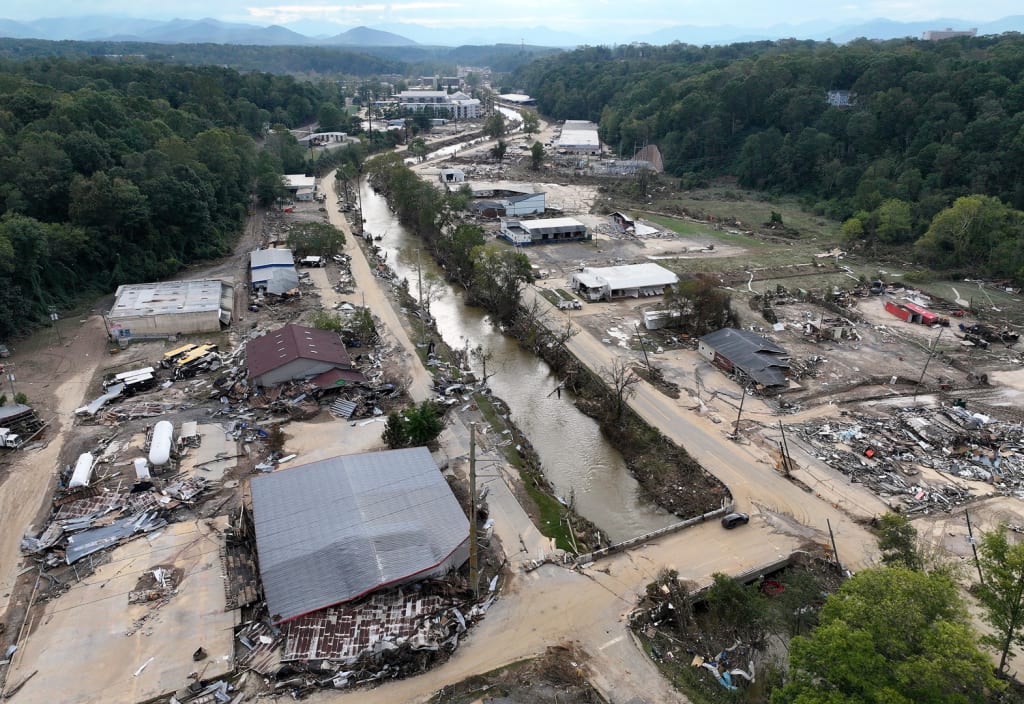
Tama has worked for Getty for more than 20 years, and he’s had a front row seat to the way climate change has evolved. Year after year Tama photographs the hurricanes, fires, droughts, and other disasters fueled by the immense amounts of greenhouse gases we’re emitting into the atmosphere.
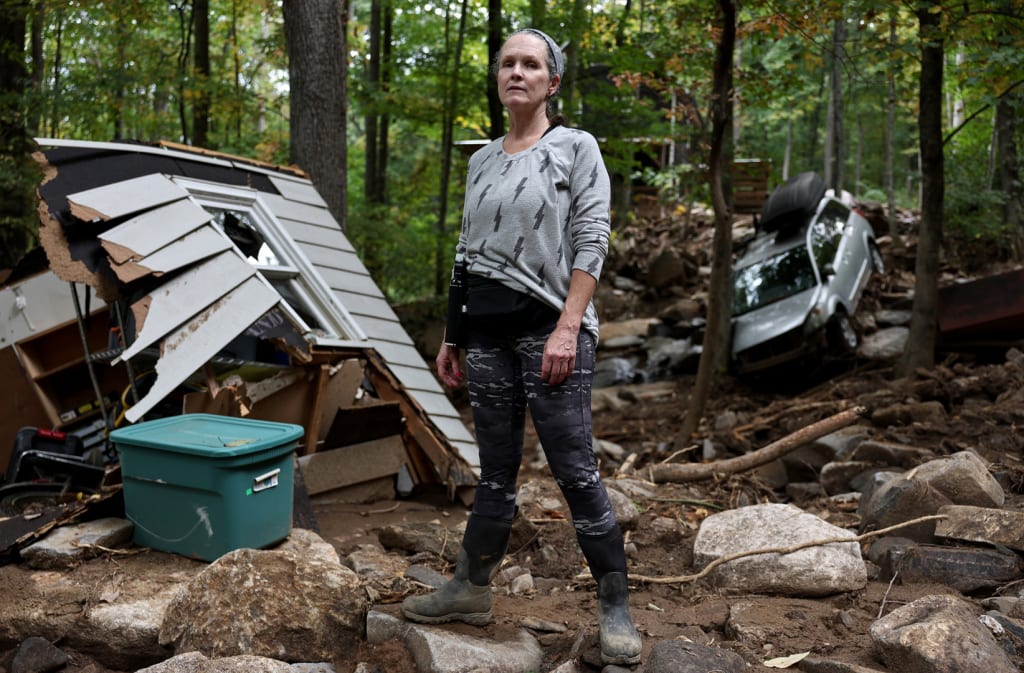
Not only have the disasters changed—they’ve gotten stronger and more common—the way photographers cover them has as well. During Helene, Tama says one photographer hiked over a mudslide that blocked a road in order to reach a remote, devastated town. (He himself made it through after the road was cleared.) The level of destruction was a new challenge for photographers to navigate—and, he notes, for FEMA and other first responders, too.
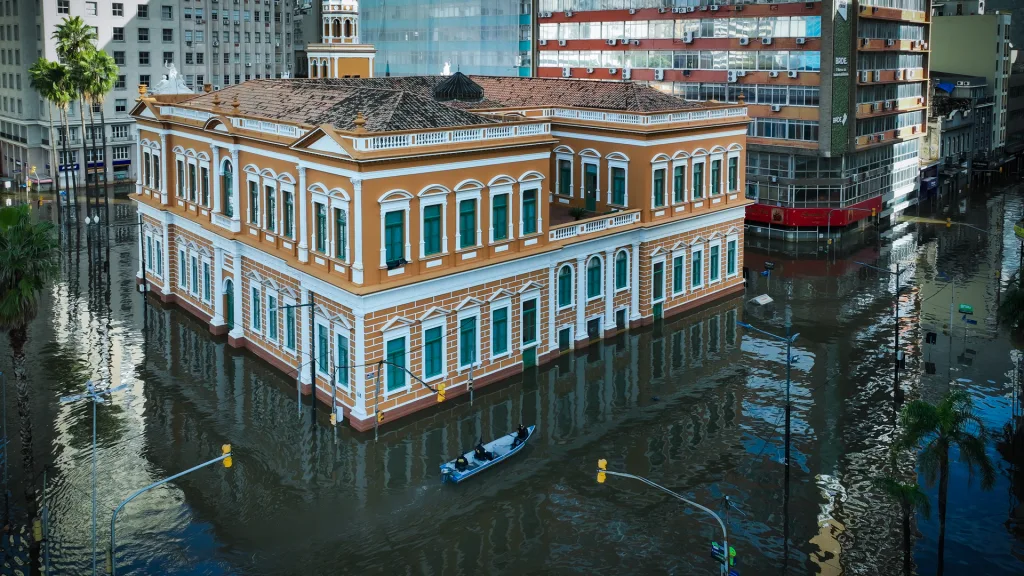
Technological advances have also changed the experience. Thanks to Starlink’s satellite internet, photographers can get their images out even faster when in remote areas, like when covering wildfires, or if cell coverage is down. “It’s incredibly important to get images out quickly that are from verified sources in this era of misinformation,” he says. “Imagery has a way of bringing home the truth, in a way that words can’t quite do.” During Helene, he remembers, people thanked him for being there and getting their story out.
Even amid all that tragedy, Tama has witnessed uplifting moments of communities coming together to respond to these climate events. Whether it’s doctors driving from faraway states to help in the aftermath of Helene, or the way the residents of Lahaina, Hawaii, came together for the one-year anniversary of its devastating fire, he’s seen “the power and bonds of community.”
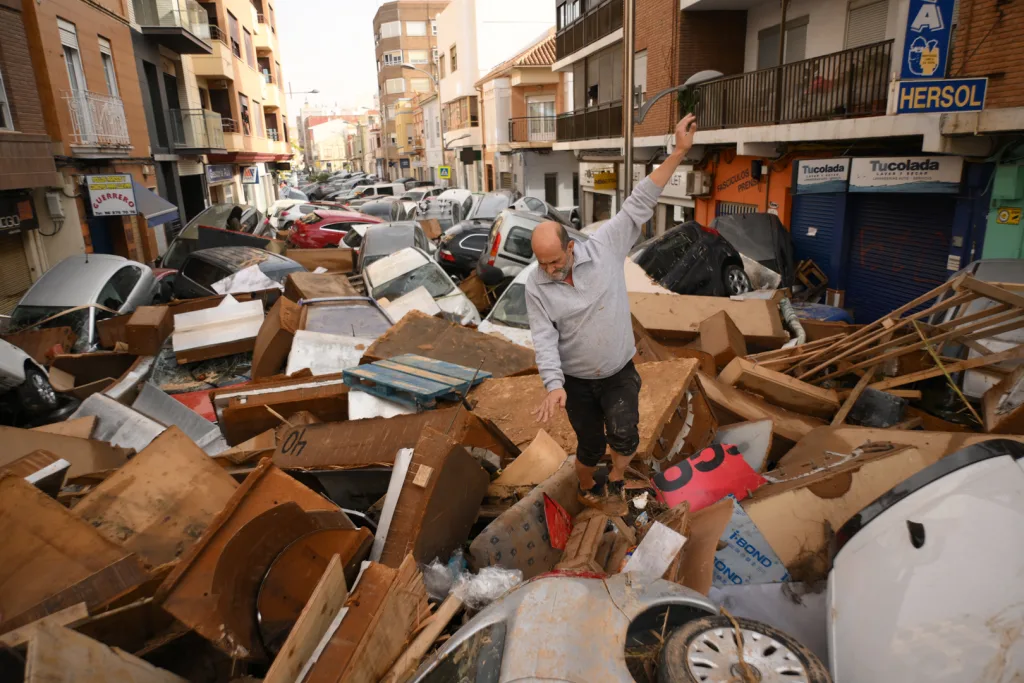
In 2024, the FEMA declared an unprecedented 179 disasters in the U.S. That equates to a disaster every two days. And it’s not only the U.S. seeing these effects—from the flooding in Spain to the Canadian wildfires, climate disasters were felt around the world.
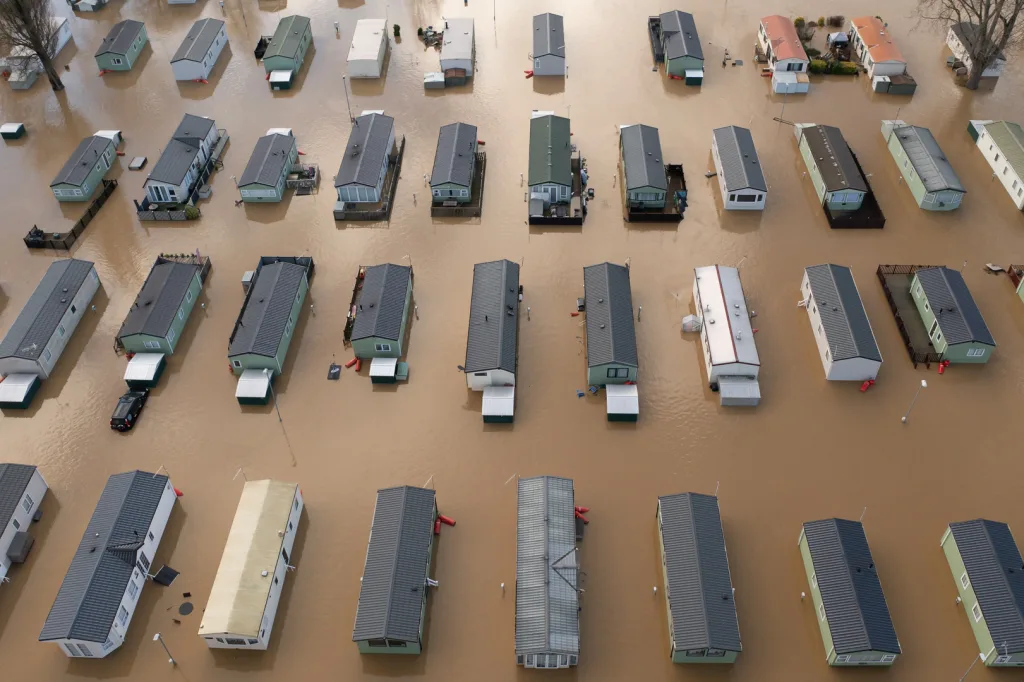
Tama has felt that increase in his work, too, having to respond to more and more events—sometimes even in his own backyard. Tama lives in Los Angeles, and in early December got a call while asleep to go and cover the Franklin Fire in Malibu. He worked through that night and all the next day capturing the effects of the blaze.
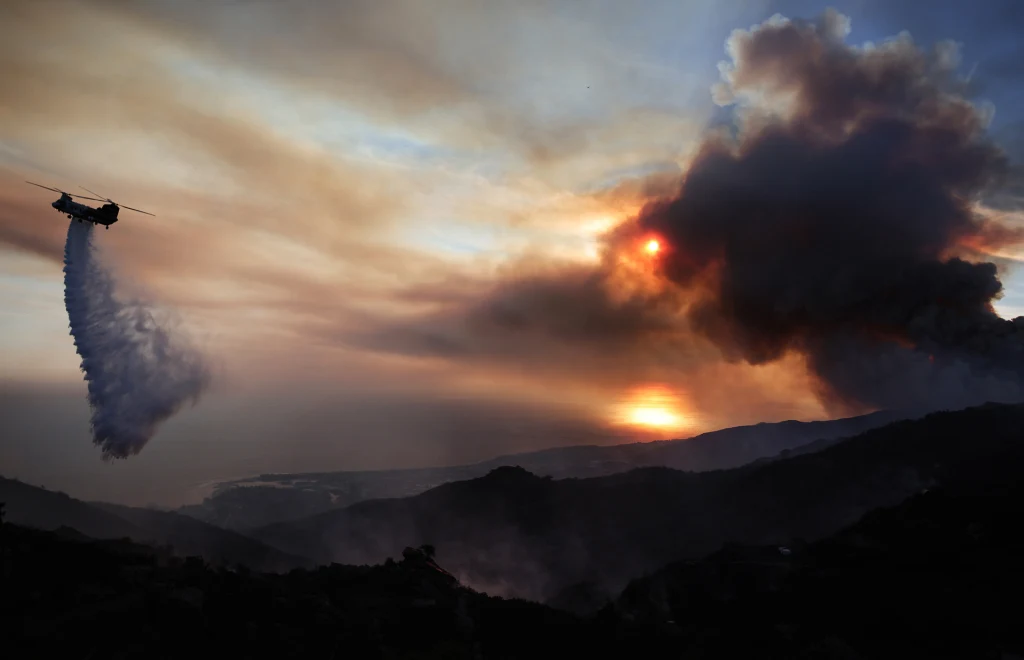
It’s nothing compared to what the firefighters go through, he notes—they can work for days on end fighting these extreme fires. But it’s a sign of the dedication, and the demands, on photographers to capture this reality, and share it with the rest of the world. “In a way, most photojournalists are becoming kind of responders to climate events,” he says, “whether that was why they got into this or not.”